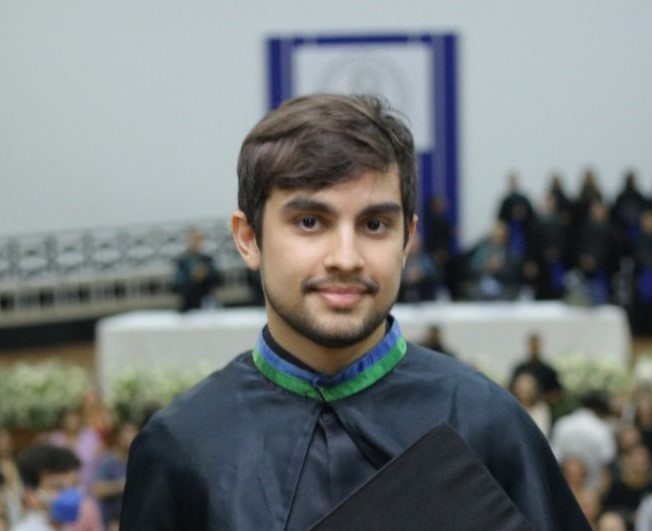Projects
Table of Contents
- Surgical Instruments Detection with Custom Trainning
- Patient’s Clinical Outcome Prediction
- Model aggregation to forecast reservoir production
- Car suspension design
Surgical Instruments Detection with Custom Trainning (2024 –)
- Automated inventory checks via a phone camera, reducing task time by 99%, from ~20minutes to seconds.
- The model identified missing components.
- Captured and manually annotated images to build a custom labeled dataset for model training.
- Fine-tuned YOLO using transfer learning to detect missing components.
- Identified screws by box position using a custom clustering algorithm.
- Handled low-contrast aluminum parts by testing lighting, angles, and OpenCV preprocessing.
 (a) Playing with opencv and distortion correction. |  (b) - Initial setup to control: opencv + led lights. |  (c) - Opencv transforms for blob detection. |
 (e) - AI: natural light condition. |  (f) - Detections with a segmentation model. |  (d) - AI + clustering algorithm: color and labels by same row/column. |
| (g) - App with solution | (h) - Presented by Jhonson & Jhonson's CEO in SOBRACIL 2024, videosurgery congress. |
Patient’s Clinical Outcome Prediction (2023 –)
- Objective: Accelerate treatment for high-risk patients by leveraging real-time data.
- Developed, evaluated and monitored models for patient’s clinical outcome prediction. Deployed APIs for integration with the app.
- EHR (Electronic Health Record) data is continuously updated before the patient’s next scheduled consultation, potentially indicating risks in real-time. The model operates 24/7, delivering instant alerts to physicians and performing risk stratification, enabling faster interventions and improving patient outcomes.

Model aggregation to forecast medium-term reservoir production (2020 - 2021)
- Scientific initiation project, with a published paper in on of the biggest energy congress of the world, Rio Oil and Gas.
- I worked at Fortaleza’s research group, STORMS. We used realizations of a benchmark resevouir model “OLYMPUS” as models to forecast production.
- We associated weights to each model and tested different optimization alogirthms to minimize a developed loss function.
- Particle Swarm optimization and others Bio-Inspired optimization algorithms.
- This strategy was validated with an average prediction error below 5%;

Car suspension design - Apuama Racing - FSAE (2018 - 2019)
- Used mathematical models to create vehicle simulations (point-mass-model, biclycle-model).
- Used Tire Models to interpolate new data points from the tire’s data.
- Developed a Suspension distribution forces program in Matlab. We would use the maximum forces obtained in braking and cornering simulations to dimension and reduce mass of the suspension.
- Project to reduce steering torque for better handling of the vehicle.
- Method to measure the car’s center of gravity and validate design.
 |  |
 |  |
